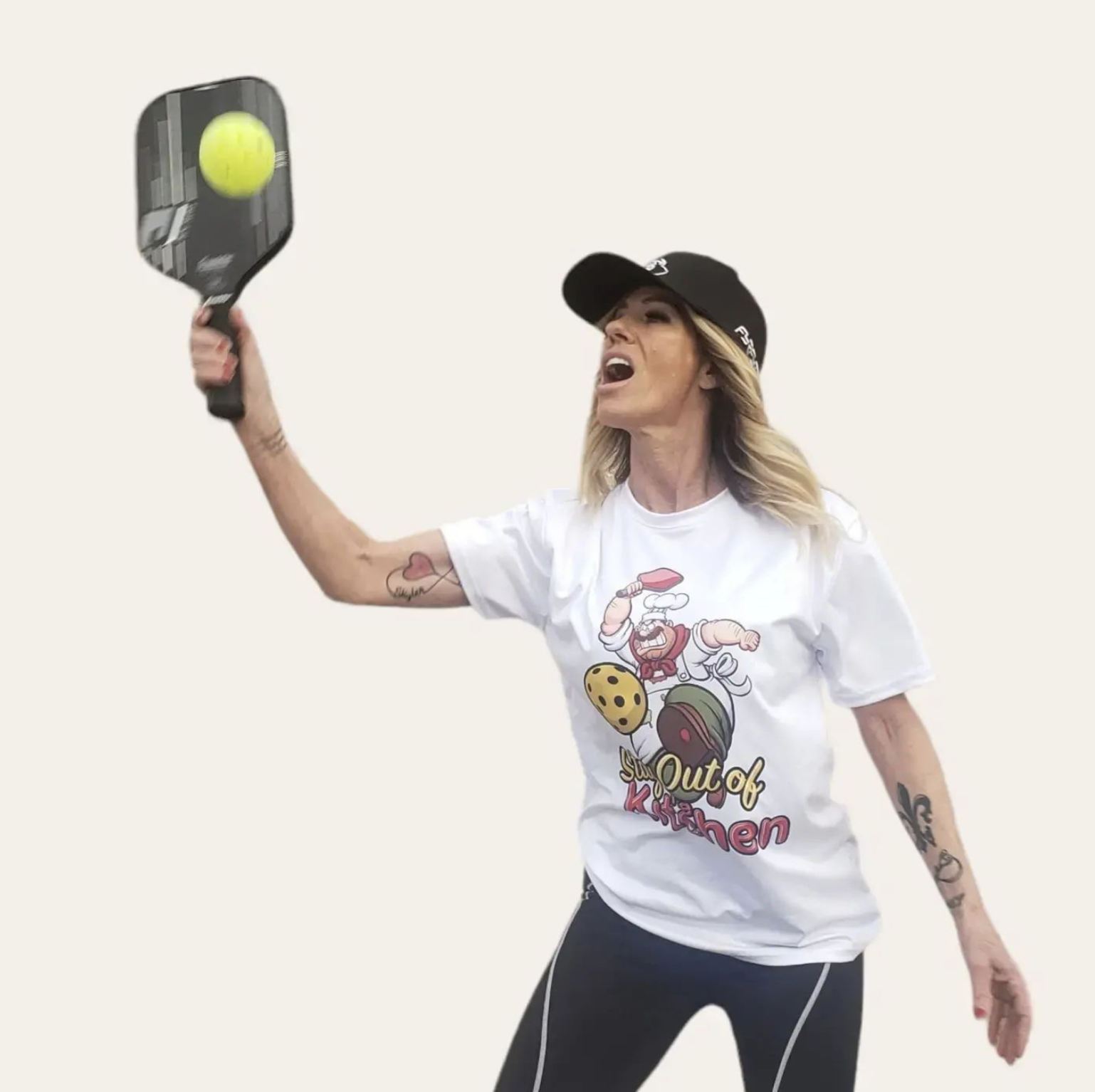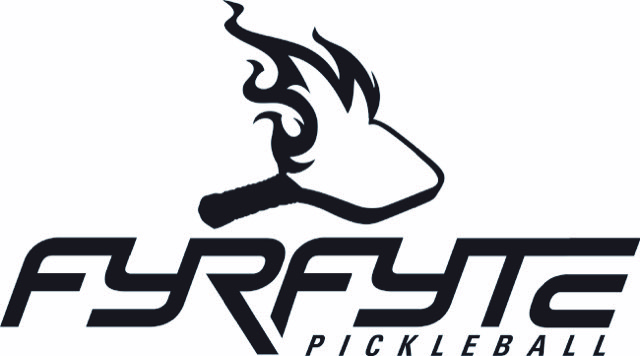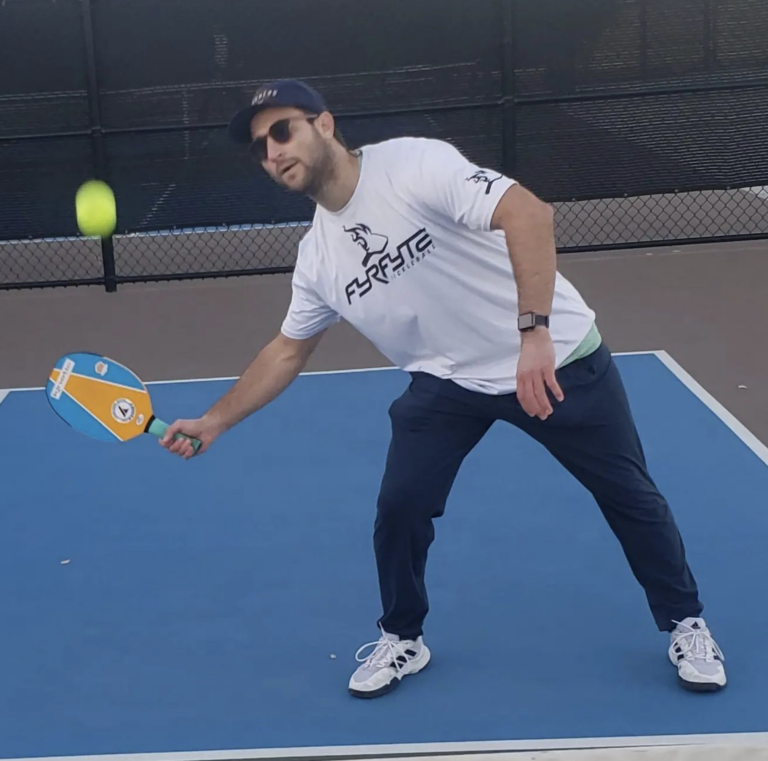
Pickleball, a sport that blends elements of tennis, badminton, and table tennis, has taken the world by storm with its accessibility and enjoyable gameplay. Whether you’re a seasoned athlete looking for a new challenge or a complete beginner seeking a fun way to stay active, pickleball offers an engaging and social experience for players of all ages. In this comprehensive beginner’s guide, we will cover everything you need to know to get started with pickleball, from understanding the rules and equipment to mastering the basic techniques.
- The Basics of Pickleball
Pickleball is typically played on a court similar in size to a badminton court, with a net set lower than a tennis net. The game can be played in singles or doubles, but doubles is more common, promoting teamwork and camaraderie on the court. Players use a solid paddle to hit a perforated plastic ball over the net, with the objective of winning points by making the ball bounce twice on the opponent’s side of the court or forcing an error.
- Pickleball Equipment
The essential equipment for pickleball includes a pickleball paddle and a pickleball. Paddles come in various materials, shapes, and sizes, offering different levels of power and control. Beginners may opt for a lighter and larger paddle, which provides a larger sweet spot and is easier to handle. As you progress, you can explore different paddle options that suit your playing style.
- Court Dimensions and Lines
Understanding the court dimensions and lines is crucial for playing pickleball effectively. The standard pickleball court measures 20 feet wide and 44 feet long for doubles play, with specific lines marking the boundaries and non-volley zone (NVZ), commonly known as the “kitchen.” Familiarize yourself with the court lines to ensure fair and accurate play during your matches.
- Rules of Play
Pickleball has straightforward rules that are easy to grasp, making it accessible for beginners. The serving team must start the game behind the baseline and serve diagonally to the opposing court. The ball must bounce once on the receiving side before players can hit it back without letting it bounce again. There are specific rules governing the non-volley zone, serving rotation, and fault regulations, all of which can be easily learned through practice and playing with experienced players.
- Getting Started: Learning the Techniques
(a) The Serve: Mastering a reliable serve is the foundation of your pickleball game. The underhand serve, where players strike the ball below their waist, is the most common technique. Practice serving to different areas of the court and varying the speed and spin to keep your opponents guessing.
(b) The Dink: The dink is a soft and controlled shot that is used to place the ball strategically close to the net. It requires finesse and touch rather than power. Learning to dink effectively can give you a competitive edge in rallies and doubles play.
(c) The Groundstroke: Groundstrokes are shots hit after the ball bounces. Practice forehand and backhand groundstrokes to improve your consistency and control. Aim for depth and accuracy to keep your opponents on their toes.
(d) The Volley: Volleys are shots hit before the ball bounces. Improve your volleying skills to take advantage of opportunities and put pressure on your opponents. Practice hand-eye coordination and quick reactions to become a proficient volleyer.
- Pickleball Etiquette
Respectful behavior and sportsmanship are essential in pickleball. Avoid making loud noises, practice good court etiquette, and communicate with your partner during doubles play. Shake hands with your opponents after the match, win or lose, and maintain a positive attitude on the court.
Conclusion
Pickleball offers a unique and enjoyable experience that combines the best elements of various racquet sports. As you embark on your pickleball journey, remember to familiarize yourself with the rules and equipment, practice the essential techniques, and always prioritize good sportsmanship. Whether you’re playing for fun or aiming for competitive matches, pickleball provides a social and engaging outlet for players of all skill levels. So grab a paddle, head to the court, and embrace the joy of pickleball!



